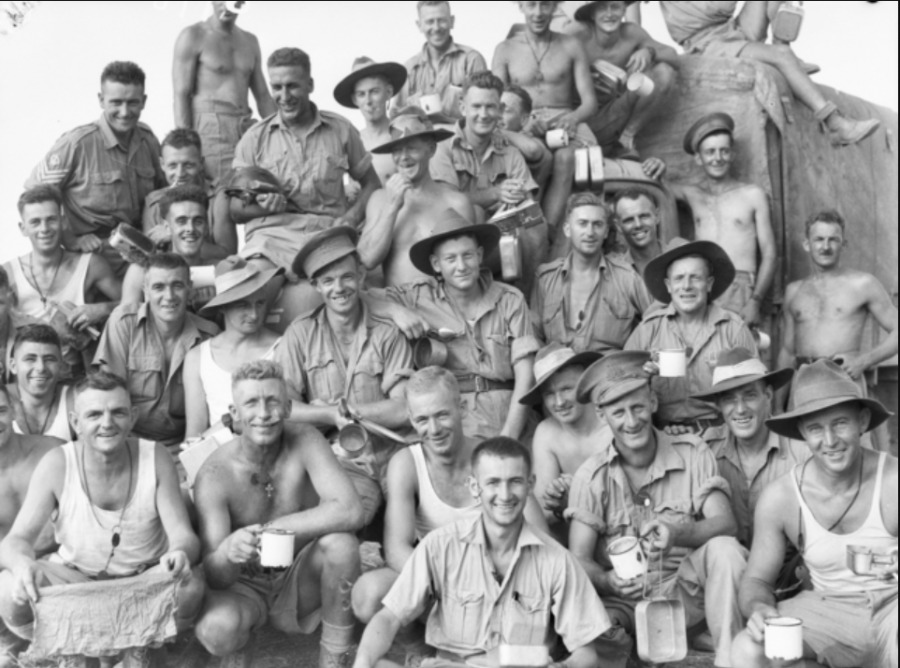
The Syrian-Lebanese campaign, also known as Operation Exporter, was a British-Free French offensive against the Vichy French-controlled territory of Syria and Lebanon during World War II.
The campaign was little known, even in countries that were involved. There were signs that the British had censored important facts in order to avoid reports of fierce fighting. They feared that news of battles against the French could have a negative effect on public opinion.
In May 1941, German and Italian planes were used with French approval in Syrian airfields as a stopover for their commitment during the fighting in Iraq.
On 8 June, two brigades of the 7th Australian Infantry Division crossed under General John Lavarack north of Acre, Tiberias, and marched towards the border and Beirut and Rayak. The British-Indian Fifth Infantry Brigade and Free French troops led by General Paul Legentilhomme penetrated at the same time further east at a Dar’a inland in order to advance to Damascus. A day later, a battle took place at the Litani River where Australian and British troops fought against soldiers of the Vichy regime led by Henri Dentz, who tried unsuccessfully to halt the advance of the Australians to Beirut.
Four days later, it came to fighting between Australian and Vichy French soldiers. On 13 June, the Australian-British advance began to falter, and General Wavell decided to ally forces in Damascus to reinforce the British 6th Armoured Division from Egypt. On 15 June, the German Air Force bombers attacked British warships off the Mediterranean coast, and two destroyers were damaged severely.
On 21 June, the General drew Legentilhomme after heavy fighting around the city of Damascus. On the same day, the Habforce was attacked, consisting of the 4th British Cavalry Brigade and the Arab Legion, from Iraq to Syria and met once before at Palmyra. Towards the end of the month, also reached the 10th Indian Division under William Slim from Iraq in the fighting one; her first stop was Deir az-Zur.
South of Beirut managed by the Australian 7th Division after difficult river crossings on 9 July, taking Damour. The Australians were now only a few kilometers from Beirut, the headquarters of General Dentz removed. This offered a truce, shortly after midnight on 12 came into force in July.
On 14 July, the Convention was signed in Acre on the cessation of hostilities. The Allied troops occupied the whole of the French mandate territory, reaching the handover of the Vichy French ships and aircraft. The approximately 38,000 Vichy French troops – chose to seek repatriation of decommissioning their weapons in the mother country or the Free French troops to join – against the wishes of the Free French. Only about 5,700 of them took the latter to offer. General Georges Catroux took over as General Delegate of the Free French, the civil administration of the territory.
When the battles ended, there were about 3,300 British and Commonwealth failed and 1300 French soldiers released by death, wounded, or captured. The loss of the Vichy troops, including defectors during the fighting, were about 6,000 men, including 1,000 killed in action.